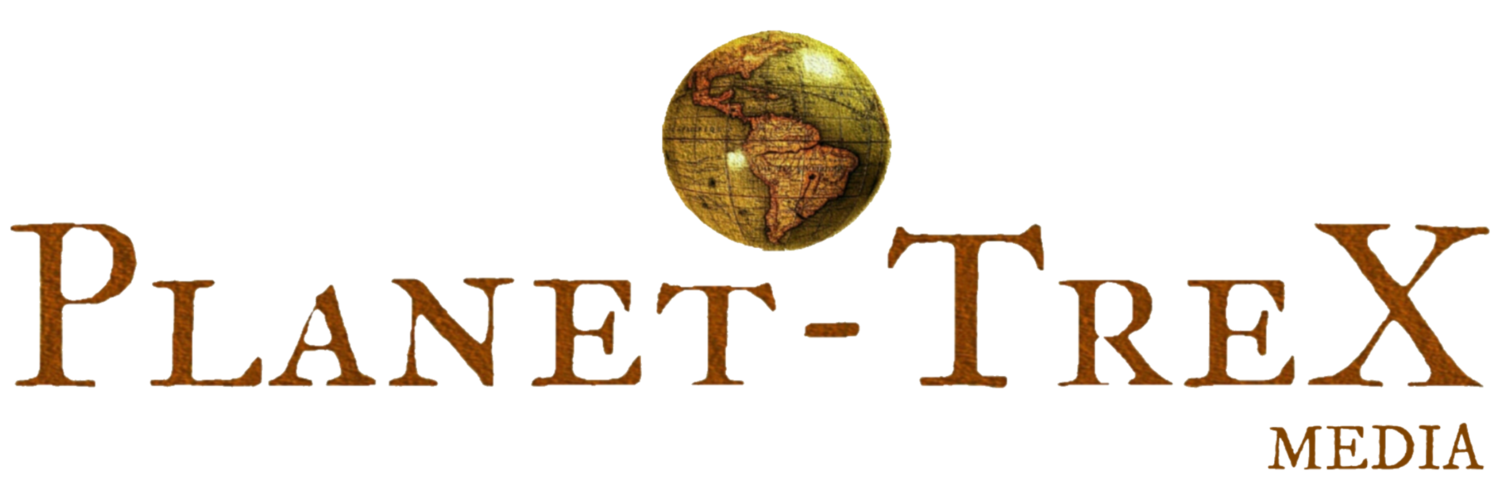Today I want to give you a glimpse of what this Mexican-American from Los Angeles is doing in Riga, Latvia, Monday through Friday. In the last video/article, I left off by saying that things are starting to slow down for me and that I'm beginning to find my rhythm. For this article (and video below), I wanted to dive a little deeper into what I meant by that because things are a little bit different this time around. There is a pandemic going on, after all.
Before I left California, I set my mind on a particular way of doing things. It heavily focused on the environment necessary to enhance my work habits. Breaking it down to its simplest form: a dedicated work spot I could walk to from nine to five during the week. My objective would be to develop what many gurus now call "deep work," also known as focused work. The end goal of my deep work is to build my business and expand my skills with videography and editing.
In past trips to Europe, I relied on cafes and at the time, worked well enough. I had the option of trying a new establishment every day if I wanted to; pretty cool, I thought. With that, however, a few negatives began to show themselves, the primary: you never had a dedicated desk. And just like when I transitioned from a hostel to an Airbnb style of lodging, It was time to upgrade my place of work.* I wanted a place that was comfortable and could go there for hours. Ultimately, there was only one real option: coworking spaces. After researching and visiting various locations, I found a site that offered everything I wanted. However, the drawback for a budget-conscious traveler is that it's not free, and the membership cost can be expensive. But if you're all-in on finding a place to get shit done, you just can't beat a well-designed and operated coworking space.
Monday through Friday, I wake up at seven, have coffee, pack my gear (laptop, books, and lunch), and walk there. It's a 30-minute walk to get there. Regarding fitness and overall health, it's a perfect distance to cement some form of aerobic exercise into my day. Additionally, I combine this one-hour walk (to the "office" and back home) with my intermittent fasting program, which has helped me lose almost 20lbs since arriving in Latvia. Finally, if I want to squeeze out as many hours and minutes of the day, I ride my bike there, facilitating the whole process.
So what is it that I do at my coworking space once I get there, you may be wondering? Well, if it weren't for a new habit I've implemented, my answer would be somewhat vague. It wouldn't go any further than, "I'm editing photos and videos." However, I now outline my objectives in finer detail using a daily notebook (the new habit). The result is two-fold: First, it allows me to gauge whether I'm spending my time effectively. And secondly, It facilitates describing and sharing with others my process. The second part is important because one of my main goals is to inspire others to see the world and instruct those who want to become digital nomads.
In regards to the notebook, before I pack up my gear and head for home, I take ten minutes to list the next day's critical tasks. I got this idea from a YouTuber named Peter McKinnon (and he got it from somebody else). Even though the process of jotting down five to six critical tasks seems simple enough, it never occurred to me. I attempted to establish similar notebook habits, but it never lasted because I would write paragraph after paragraph, thinking that was the best implementation. After a few weeks of struggling with this, it was apparent that I was wrong.
Now, these critical tasks range from simple to more complex ones. Tasks that may take hours and which I may not complete in one day, but that's okay; for as long as I chipped away at them, it's a win. So what do these tasks look like?
On July 8, 2021, I wrote down the following eight critical tasks. One, start the next YouTube video script. Two, work on editing the photo project I shot before coming to Europe; this project was quite extensive, and I'm working on it daily. Three, study photo editing–the learning never stops. Four, practice new video editing techniques. I'm a video editor above all else, so it is a constant skill I'm constantly trying to improve in, so I'm always on that video editing hustle. Five, draft email pitch. As mentioned, I'm in Europe to build my business, and one element is reaching out to companies. For this task, I targeted a specific company. Six, send emails to other companies and individuals. Seven, create a critical eight list (as mentioned, some tasks are pretty simple). And finally, to read or listen to an audiobook (this one is a constant). Remember how I mentioned my 30-minute walk to my coworking space? Well, this walk presents an excellent opportunity to get 30 or 60 minutes of audiobook time.
I love situations where you're able to stack "wins." And by carefully selecting a coworking space, one can do wonders for the digital nomad lifestyle–especially when adding the notebook technique or a variation of it. Ultimately, if the digital nomad lifestyle is what you are after, implementing the above methods will help you position yourself in a highly productive equation. And one that will positively affect your work, health, and life experiences. So it's a win-win all around.
*For this campaign, my living situation benefited from a coworking space. The reason for that goes beyond the scope of this article. However, stay tuned to my YouTube channel. I will be covering hostels, Airbnb's, coworking spaces, and how to build your perfect digital nomad experience.
*The Video Version Of This Article Is Down Below


